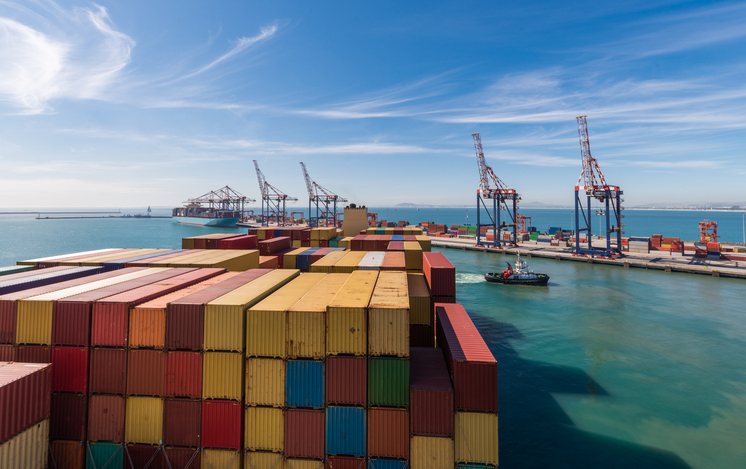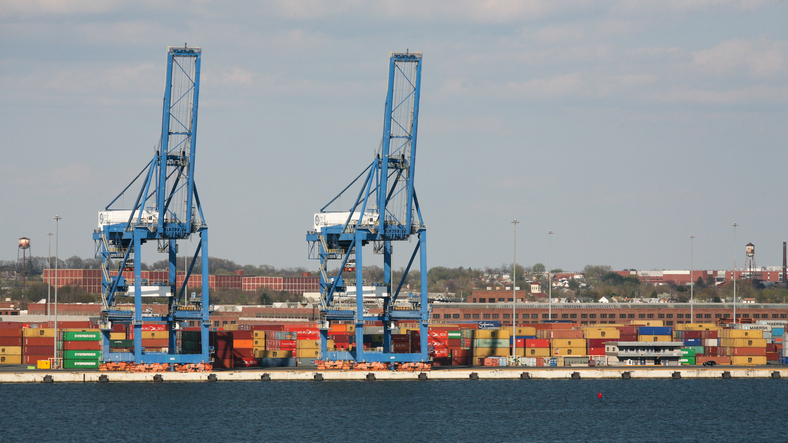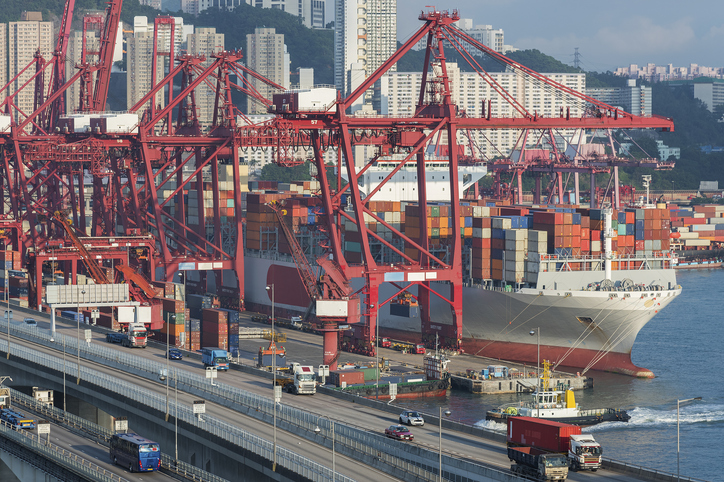
The Weekly Roar
In this week’s Roar: Stagnant ocean rates, air demand staying strong, the Port of Baltimore closure, a new reality for the Port of Hong Kong, and the importance of data quality.
Despite the worsening conditions on the Red Sea, spot rates aren’t rising. Geopolitical tensions have increased, with Russian warships entering the area and the continuing attacks on commercial vessels in the region by the Houthis. Shipping lines still have enough capacity to reroute around Africa, which is holding spot rates in place. But there is speculation that rates could be changing soon.
Given the troubles on the seas, there is a not-so-surprising growth in demand for air cargo. This is a trend that’s been sustained for a while now. Compared to February 2023, global air cargo demand increased by 11.9%, with a 13.4% increase in capacity for the same period. This is the third consecutive month of double-digit year-on-year growth. Several factors may be key, including a 0.9% increase in global cross-border trade in January and February’s manufacturing output rising to 51.2.

The closure of the Port of Baltimore after the collapse of the Francis Scott Key Bridge will likely strain supply chains in the coming months. In 2023, the Port of Baltimore was the busiest port in the US for cars and light trucks. The closure will force cargo to be diverted to neighboring ports, most likely to the Hampton Roads and New York/New Jersey ports, which, unfortunately, are already operating at near capacity. The additional cargo is expected to push them to even higher utilization rates, leading to increased congestion and longer wait times for ships.
At one time, the Port of Hong Kong was an important hub, but times are changing. Shipping lines are now bypassing the port, due in part to the consolidation of alliances and the shift towards larger, more efficient hubs. It’s expected that Shanghai will likely take over Hong Kong’s role as a key hub in North Asia.
The supply chain is a team sport, especially when it comes to tracking and visibility. A core part of that teamwork relies on moving and sharing quality data. Companies looking to maintain data standards and usefulness are relying on new technologies to ensure the accurate and fast movement of information to improve the efficiency of their supply chains. Sharing data across service providers, warehouses, and even countries creates constant new challenges.
For the rest of the week’s top shipping news, check out the article highlights below.









